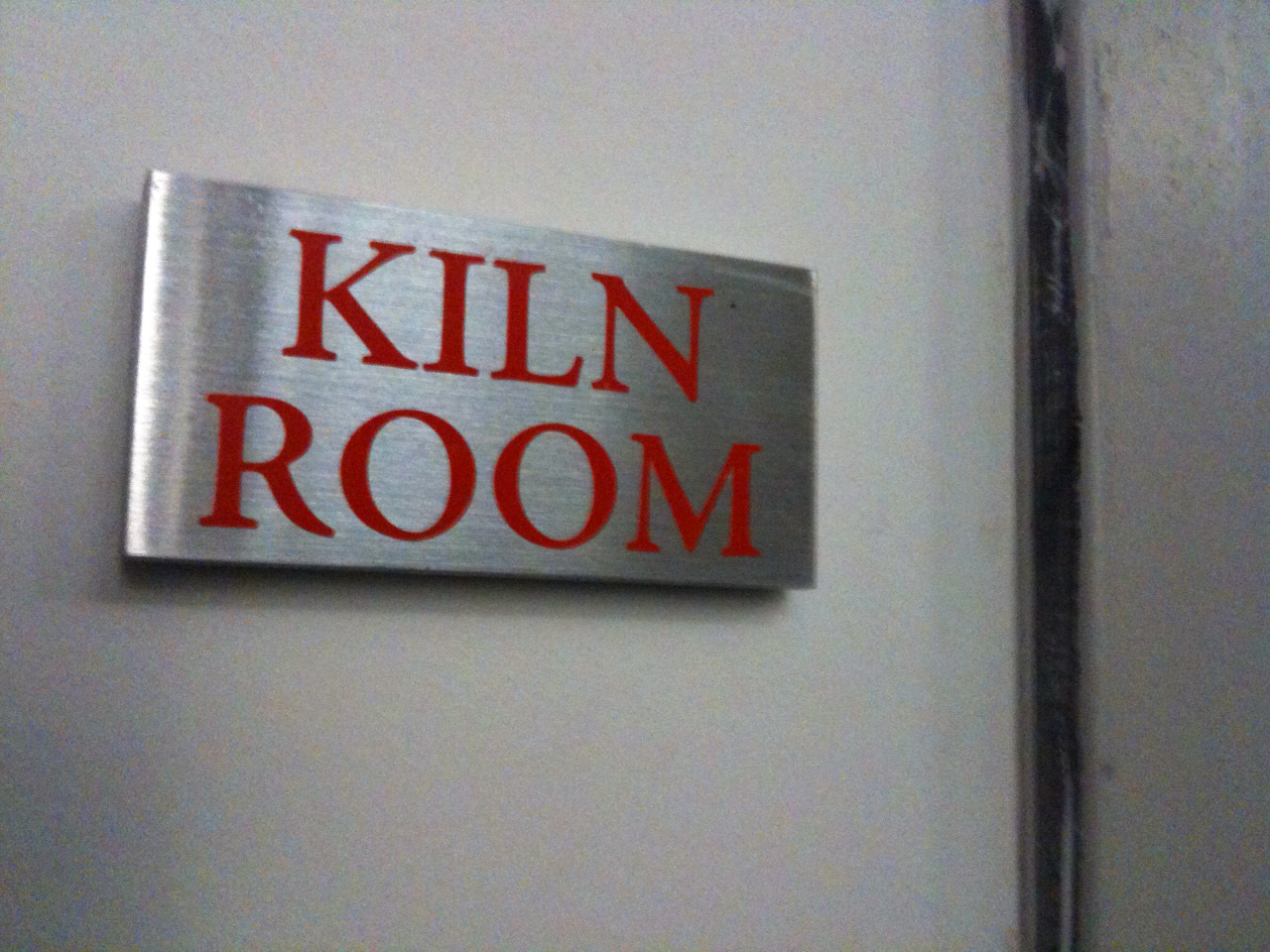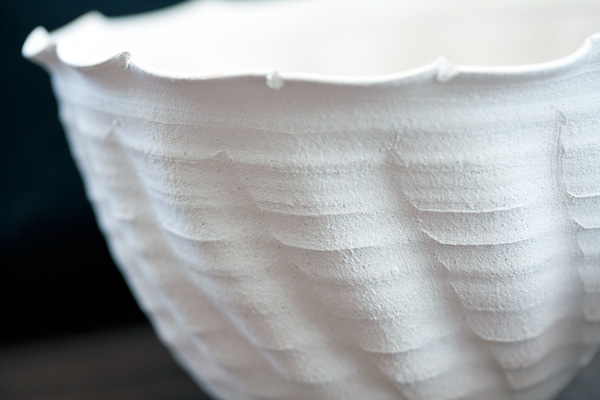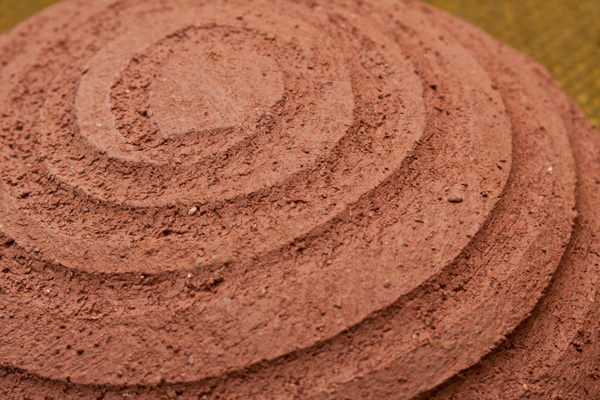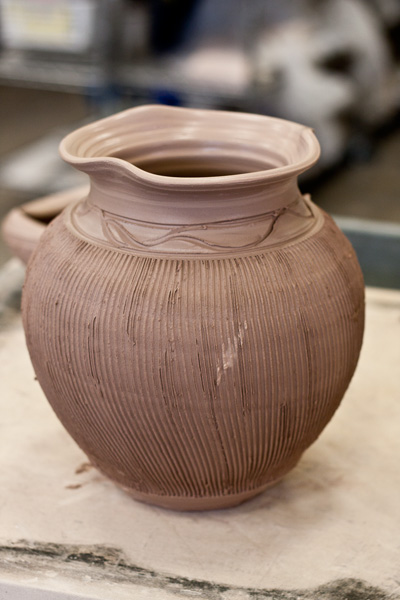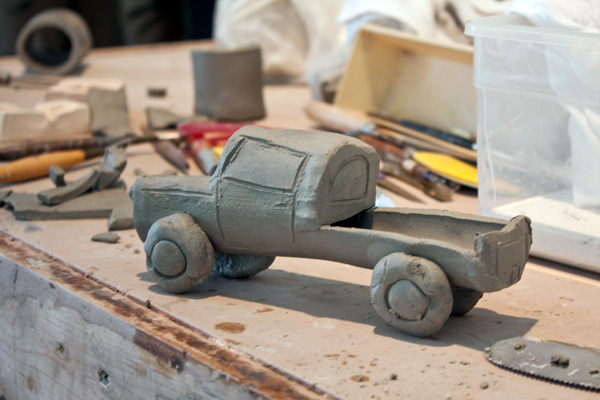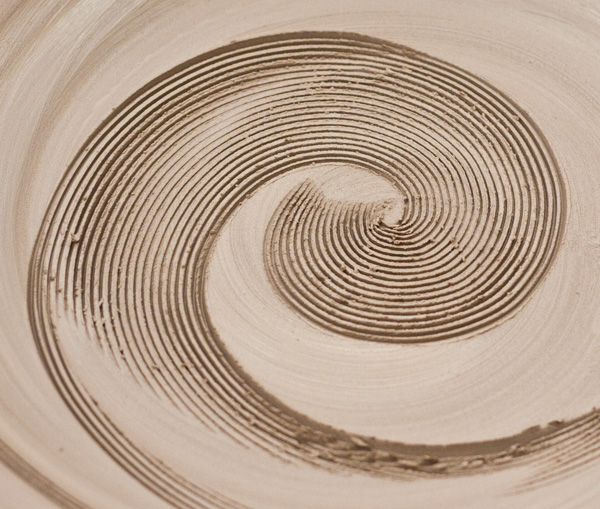How to Safely Vent Your Kiln Room Kiln room ventilation and safety is common concern for artists and instructors. And for good reason- kilns emit gases that irritate the lungs. Depending on what you are firing, a kiln firing can produce toxic fumes or disperse heavy metals into the room. …
Read More »Maximizing food safety: matching clay to glazes
Maximizing food safety: matching clay to glazes As long as your clay has a higher firing range than the glaze, any food safe glaze will work on functional pottery, right? Well, not quite. Not matching your clay and glaze can causes problems such as crazing. Crazing is cracking on the …
Read More »Enhancing your clay with additives
Enhancing your clay with additives Non-clay materials can be added to bodies to enhance their workability or fired surface characteristics. Today we’re going to talk about the most common clay additives: grog, paper, sand, and nylon fibers. Grog is prefired ceramic material that is ground up into different mesh sizes …
Read More »Quick and Dirty Guide to Firing Ranges
We could say a lot about firing ranges. Within each range there’s a whole gamut of surface effects and utilitarian properties. But for those in a hurry, here’s a quick run down of the three main firing ranges. Low Fire / Cone 03-06 (1745°F to 2012°F). The most common form …
Read More »Need to know: Stages of drying in clay
Clay artists use a few key terms to describe the stages of clay dryness during forming. It’s important to know and understand these stages so you’ll know when to attach, when you can continue to build onto larger forms, attach handles, when you can apply slip, engobes, underglaze, and when …
Read More »Basics of construction
I’m a big fan of distilling information into the very bare-bones. As with most mediums, ceramics has core techniques which make the building blocks of all forms. We’re going to share with you a summary of the basics forms to master for clay work: The Pinch Pot A perennial favorite …
Read More »What is clay?
Dirt. Mud. Clay. In the vernacular it can be kind of relative. But for ceramicists, clays are a mixture of minerals and organic matter. They can be naturally occurring, like clays dug out of the ground, or commercially mixed, like those found at a pottery supply store. Commercially mixed clays …
Read More » ClayGeek Clay — it's what we do.
ClayGeek Clay — it's what we do.
